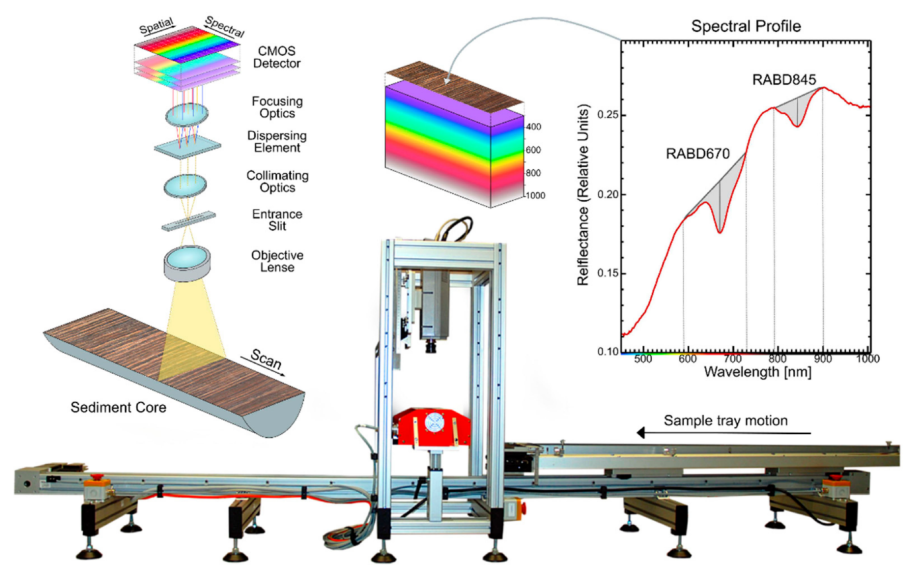
Lead supervisor: Francesco Muschitiello, Geography
Co-supervisor: Matt O'Regan, Geological Sciences, Stockholm University
Brief summary:
This project aims to automate and improve the detection of environmental features in Arctic marine sediments using imaging techniques to unlock their full scientific potential in climate research
Importance of the area of research concerned:
Marine sediments contain an invaluable archive of modern and past environmental change. The classification of sediments on and below the seafloor is a crucial aspect of ocean exploration. Automated analyses of marine sediment cores underpin many environmental and climatic research areas, and serve as a valuable alternative to time-consuming discrete sample analyses. X-ray computed tomography (CT) and hyperspectral infrared imaging (HIS) of marine sediments are pioneering non-destructive methods to quantify the composition of marine sediments. They first provide detailed 3D images of sedimentary structures, whereas the latter have been used to discriminate the type and source of organic matter, identify crypto-tephra, and may be used to map mineral (e.g., ice-rafted detritus), microfossil and microplastic distributions.
Project summary :
Here we propose to develop and apply automatic classification methods based on deep neural networks for sediment physical, biological and geochemical parameters using X-ray CT and HIS imaging of Arctic marine sediments. The goal of this project is to automate and improve the detection of a wide range of depositional and environmental features in marine sediments to unlock their full scientific potential in marine environmental and climate research.
What will the student do?:
This project is aimed at developing applications for these systems on marine sediment cores. This includes establishing user-friendly application-specific processing routines for the large data sets generated by both systems. The successful candidate will have access to a large collection of marine sediment cores from the Arctic Ocean. The project is not limited to using this material, and the candidate is expected to develop their own research program making use of these new analytical tools.
References - references should provide further reading about the project:
Zander, Paul D., Giulia Wienhues, and Martin Grosjean. "Scanning hyperspectral imaging for in situ biogeochemical analysis of lake sediment cores: Review of recent developments." Journal of imaging 8, no. 3 (2022): 58.
Van der Bilt, Willem GM, Jan Magne Cederstrøm, Eivind WN Støren, Sarah MP Berben, and Sunniva Rutledal. "Rapid tephra identification in geological archives with computed tomography: experimental results and natural applications." Frontiers in Earth Science 8 (2021): 622386.
Applying
You can find out about applying for this project on the Department of Geography page.